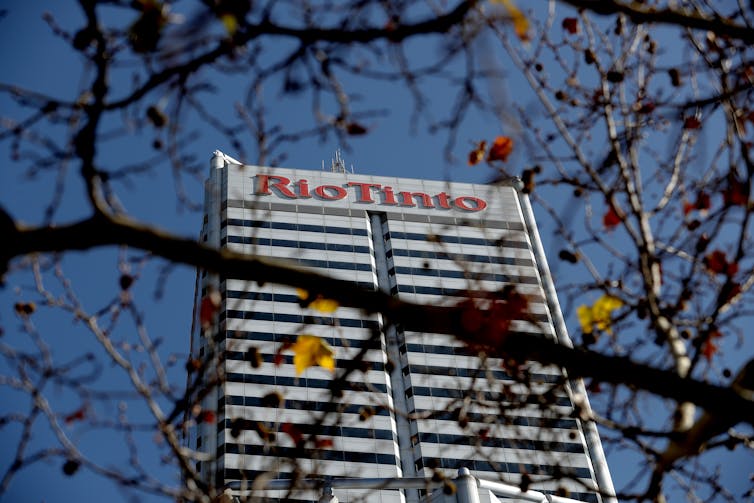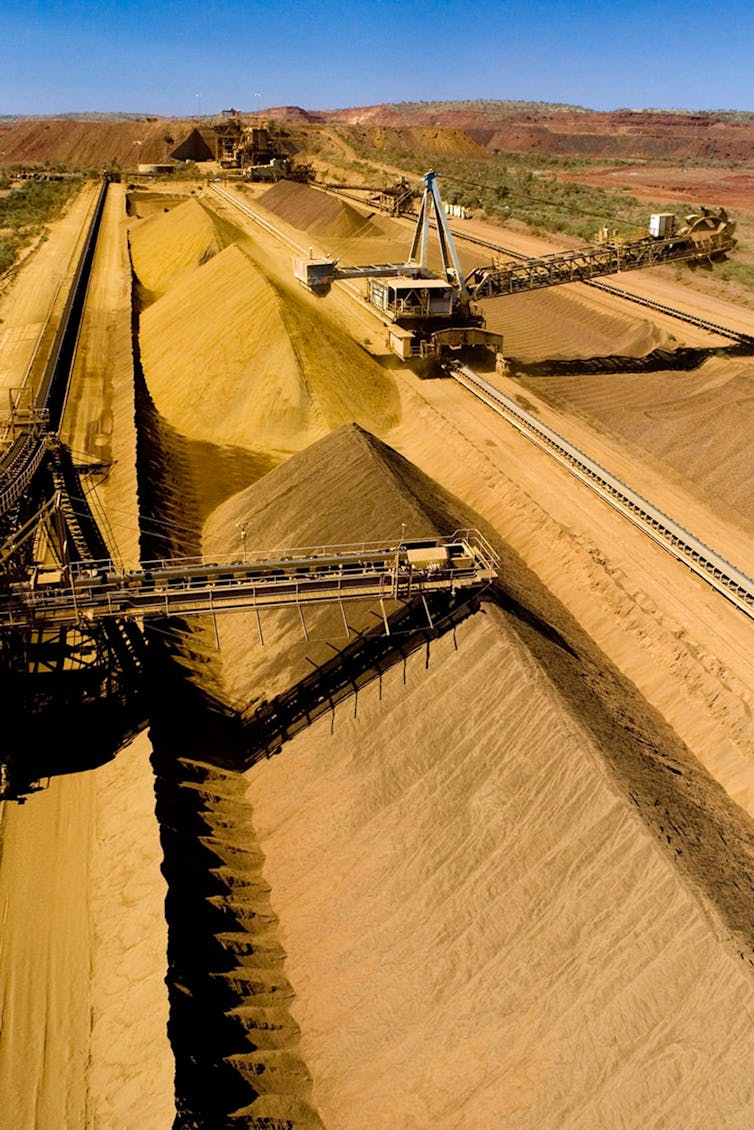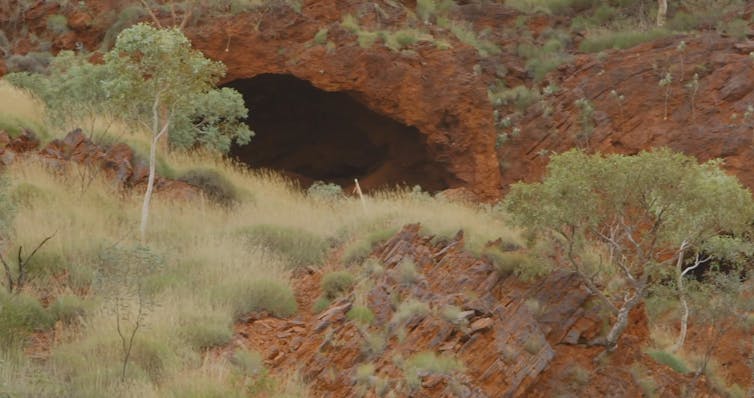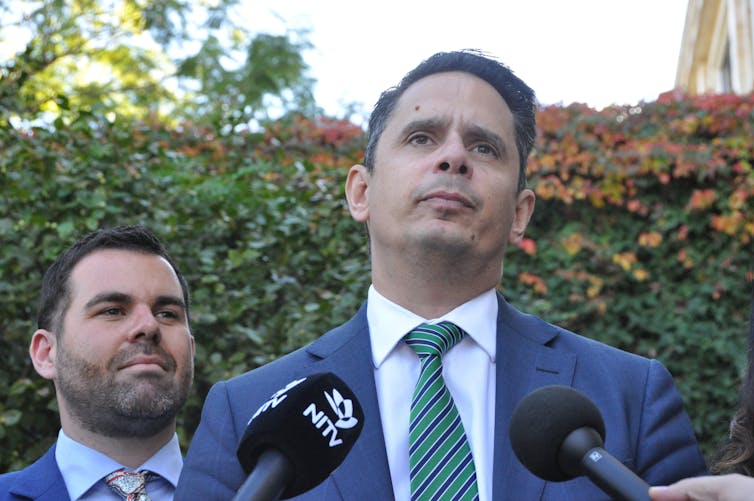Aboriginal Heritage act was first created
Sir Charles Court government overrides advice not to drill at sacred sites at Noonkanbah Station and changes the act
 Independent trustees of the WA Museum had recommended no drilling on Noonkanbah Station in Nyikina Country in the Kimberley, but the Liberal government had already decided to test the act on behalf of American oil company AMAX and used police to break the picket lines held by Kimberley people. After that, the Aboriginal Heritage act was watered down, so sites requiring protection had to be rated “significant”. However there was no official definition of this subjective term, and the minister for Aboriginal Affairs became the sole decision-maker for whether a site should be protected.
Independent trustees of the WA Museum had recommended no drilling on Noonkanbah Station in Nyikina Country in the Kimberley, but the Liberal government had already decided to test the act on behalf of American oil company AMAX and used police to break the picket lines held by Kimberley people. After that, the Aboriginal Heritage act was watered down, so sites requiring protection had to be rated “significant”. However there was no official definition of this subjective term, and the minister for Aboriginal Affairs became the sole decision-maker for whether a site should be protected.Image source: AAP Image/Diana Plater
Re-development of Swan Brewery
The WA Government legalises the destruction of sacred sites that had already occurred at Marandoo
 After CRA destroyed sacred sites for its Marandoo iron ore mine on Eastern Guruma Country in the Pilbara the WA Government passed an infamous amendment to the act to legalise the destruction. This happened when Carmen Lawrence was Premier of Western Australia.
After CRA destroyed sacred sites for its Marandoo iron ore mine on Eastern Guruma Country in the Pilbara the WA Government passed an infamous amendment to the act to legalise the destruction. This happened when Carmen Lawrence was Premier of Western Australia.Image source: AAP Image/Richard Wainwright
Labor Minister Sheila McHale, under pressure from lobbyists, approved construction of FMG’s iron ore railway
 The Westen Australian government passed amendment to legalise the destruction of sacred sites for CRA’s Marandoo iron ore mine on Eastern Guruma Country in the Pilbara. Labor Minister Sheila McHale, under pressure from lobbyists, approved construction of FMG’s iron ore railway through the section 19 Protected Area at Woodstock-Abydos in the Pilbara, entailing the destruction of highly significant rock art sites on Palyku and Karriyarra Country. BHP and Roy Hill followed with more railway lines here.
The Westen Australian government passed amendment to legalise the destruction of sacred sites for CRA’s Marandoo iron ore mine on Eastern Guruma Country in the Pilbara. Labor Minister Sheila McHale, under pressure from lobbyists, approved construction of FMG’s iron ore railway through the section 19 Protected Area at Woodstock-Abydos in the Pilbara, entailing the destruction of highly significant rock art sites on Palyku and Karriyarra Country. BHP and Roy Hill followed with more railway lines here.Image source: AAP Image/Rio Tinto, Christian Sprogoe
Colin Barnett Liberal Government arbitrarily removed sacred sites and archaeological sites across the state from the register of sites
Destruction of Juukan Gorge approved
 Liberal Aboriginal Affairs Minister Peter Collier approved destruction of the Juukan rock shelters on the Country of the Puutu Kunti Kurrama and Pinikura Peoples when the sites were known to be more than 20,000 years old.
Liberal Aboriginal Affairs Minister Peter Collier approved destruction of the Juukan rock shelters on the Country of the Puutu Kunti Kurrama and Pinikura Peoples when the sites were known to be more than 20,000 years old.Image source: AAP Image/Supplied by PKKP and PKKP Aboriginal Corporation
Impact on Munday Swamp approved
 Labor Aboriginal Affairs minister Ben Wyatt approved impacts to Munday Swamp on Noongar Country, a wetland and sacred site at Perth Airport, against the advice of his heritage committee.
Labor Aboriginal Affairs minister Ben Wyatt approved impacts to Munday Swamp on Noongar Country, a wetland and sacred site at Perth Airport, against the advice of his heritage committee.Image source: AAP image/Rebecca Gredley
The destruction of Juukan Gorge